MagMod produces various camera flash accessories that instantly attach to the flash head using strong magnets. We have previously reviewed MagMod grids and gel holders, as well as the MagBounce reflector. Today, we are focusing on the MagMod MagSphere – an omni-directional (bare-bulb) flash diffuser.
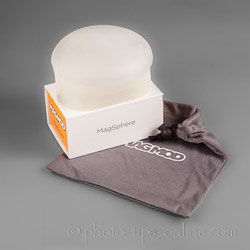 |
 |
The MagMod MagSphere comes in a nice premium box. As we mentioned before, we love reusing these boxes for battery storage and such, because they are durable and their tops snap shut.
The MagSphere is made of translucent silicone rubber. It easily collapses to fit in your gear bag, and it pops right open when you pull it out. Also, you can store the MagSphere in the included carrying pouch.
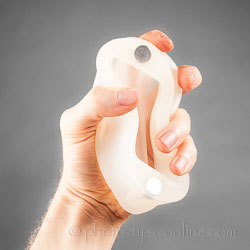 |
Like any other MagMod light modifier, the MagSphere requires the MagGrip rubber band, which is sold separately. The MagSphere instantly snaps to the MagGrip, and it is quickly and easily interchangeable with any other MagMod accessory.
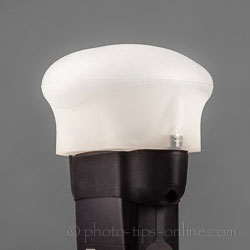 |
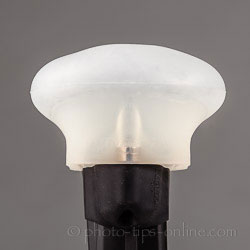 |
MagMod MagSphere throws light in all directions bouncing it off of nearby walls, ceiling, and objects. The surroundings reflect the light back and on the subject, which can create a much more naturally looking lighting compared to the on-camera flash.
The final images depend on the environment you shoot in and where you point your flash to. The majority of light travels through the top of the MagSphere, so you can use the regular flash bouncing techniques and bounce off of the ceiling, side or back walls. However, there is also enough light traveling through the side of the MagSphere, so you get the light bounced off of everything around you, and there is also fill light coming towards your subject.
For the following photo, MagMod MagSphere was pointed towards the ceiling. The narrow hallway delivers a lot of bounced light, so the lighting appears quite soft.
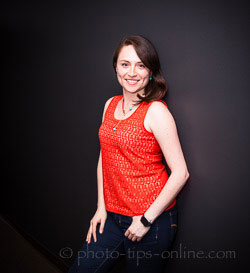 |
The next example illustrates the side wall bounce. The wall on the camera's left represents a large light source, while the fill light, coming from the MagMod MagSphere directly, is also quite obvious.
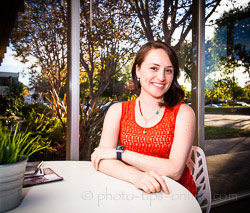 |
In the controlled tests below, you can see the difference between the bare flash bouncing and the MagSphere bounce (on-camera flash). Again, the results can vary depending on the surroundings. In this case, the ceiling was quite low and the side wall was relatively far. The mannequin head was placed about a foot from the wall to show the shadow.
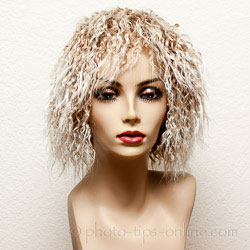 |
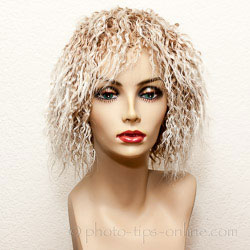 |
bare flash, ceiling bounce |
MagSphere, ceiling bounce |
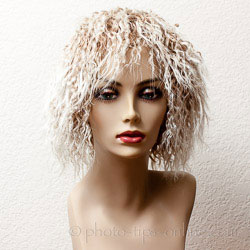 |
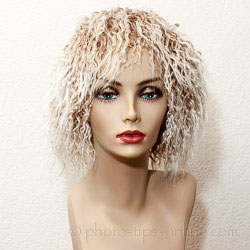 |
bare flash, wall bounce |
MagSphere, wall bounce |
Pointing the MagSphere directly at the subject is also an option. You don't get a much softer light unless you are close enough, but you reduce the specular highlight, and the light falloff is much more pleasing. You can also control the light spread with the flash zoom setting. For example, setting the flash to the widest zoom while using the MagSphere can aid the group shot lighting.
In the following images, you can see how the MagMod MagSphere changes the light pattern when the flash is set to 50 mm.
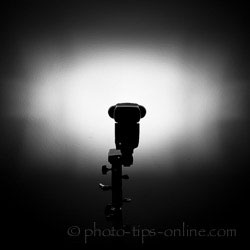 |
 |
bare flash, 50 mm |
MagSphere, 50 mm |
The possum photos below represent a kind of interesting and rather exotic :) application of the MagMod MagSphere. The flash was pointed directly at the subject, which was relatively close, so shadows were pretty soft. Additionally, the foliage reflected some light, as well, so the resulting lighting turned out quite pleasing.
 |
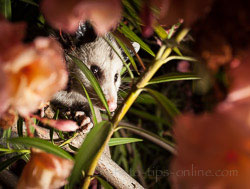 |
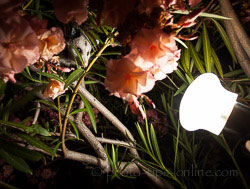 |
There are other omni-directional speedlight modifiers on the market today, including Gary Fong Lightsphere, LumiQuest UltraBounce and Stofen Omni-Bounce. They produce similar results but lose approximately 2 to 4 times more light respectively compared to the MagMod MagSphere, meaning that the MagSphere delivers more light output and longer flash battery life.
On the negative side of things, the MagSphere's weight combined with the MagGrip is close to a pound (about 430 grams). Some flash heads do not lock well enough when tilted or even vertical, which means that the MagSphere may slam down when you move around. We had the same issue with the Gary Fong diffusers, larger Rogue FlashBender reflectors, and others. So, we recommend making sure that your flash head at least locks in the vertical position. For the majority of the speedlights, however, the weight will not be an problem.
The cool thing about the MagMod MagSphere is that you can stack it with MagGel and even MagGrid for more creative lighting options. Not only that, the MagSphere features its own gel slot, where you can insert 1 or 2 filters. We found this to be especially useful for color correction and also for artistic effects. We have to note though that inserting the gel into the MagSphere is a bit more cumbersome than into the MagGel holder, but it's not bad.
 |
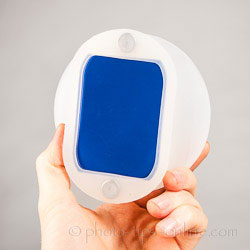 |
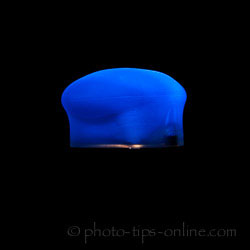 |
Omni-directional speedlight modifiers are often used with umbrellas and softboxes to achieve better light distribution across the larger surfaces. We tried the trick with the MagMod MagSphere, and, indeed, the umbrella was more evenly lit even when compared to the wide-angle diffusing panel of the flash head (see the images below).
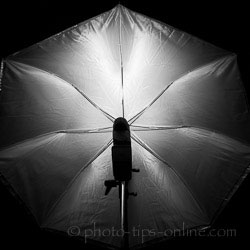 |
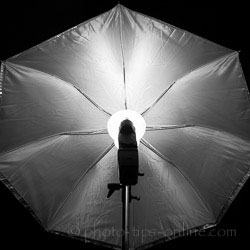 |
To conclude, the MagMod MagSphere is a well-designed speedlight diffuser for on-camera applications. Its bare-bulb nature helps you take your bouncing techniques to the next level. The MagSphere can deliver great light quality depending on the surroundings, and you can even point it directly at your subject if there is nothing around you to bounce off of. The power efficiency is significantly better than the competition, so you get more flash pops on a single battery charge. Collapsible, the MagSphere can easily fit into virtually any gear bag. The built-in gel slot can save you money on buying a standalone MagGel holder. The MagSphere can also be used off camera on its own or as a part of an umbrella/softbox setup.
If you are in the market for and omni-directional flash light modifier, the MagMod MagSphere is arguably the best one out there. It is priced competitively, so please check the links below for the latest prices.